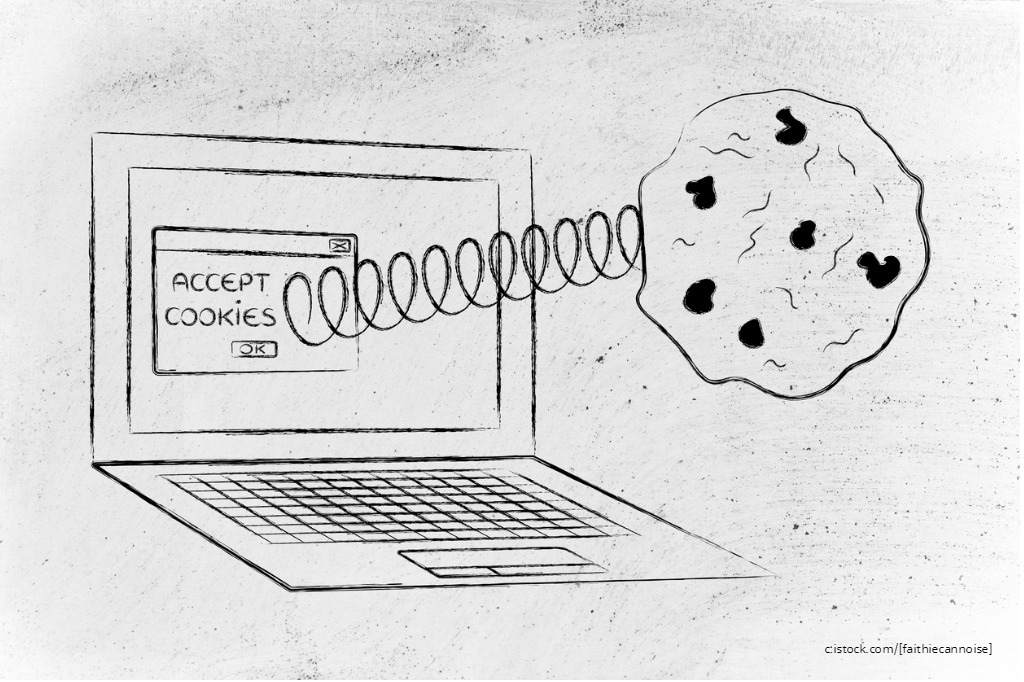
In the early days of digital advertising, hopes were high that the industry was entering a new era of accountability. And, for a while, it did. When everyone used one browser and one device, tracking tools such as the cookie functioned as a viable approximation of individuals that powered accurate measurement and attribution.
However, times have changed.
Not only do consumers make their activity harder to trace by using multiple connected devices — at least three per person — but cookies are also being rejected on a large scale. In fact, research shows that a typical advertiser will see 64 percent of their cookies rejected; with even higher rejection rates across mobile and tablet.
So, why is the traditional backbone of digital advertising measurement crumbling, and what’s next for achieving accurate measurement of advertising efficiency?
A drawn-out demise
The demise of the cookie isn’t a new prediction. Indeed, it’s been anticipated ever since the arrival of the smartphone began to alter consumer habits; with increasing use of varied smart devices making it difficult to piece together fragmented snippets of code and create one consistent view of individual journeys, interactions, and performance. But, in recent years, the decline of the cookie has been accelerated by one key factor: rising audience recognition of the value of their data and the need to protect it.
Long before the General Data Protection Regulation (GDPR) was enforced — or the incoming ePrivacy Directive proposed — consumers were becoming wary of the data companies collect about them online. Studies dating back to 2015 find consumers valuing online privacy more than national security and a growing number viewing their data as an asset to be traded only for worthwhile rewards. Add to this the recent spate of data breaches and greater public awareness of data collection fuelled by tightening privacy law, and it’s not hard to see why consumers are reluctant to accept cookies.
And that’s not all; cookies also cause issues for both audiences and advertisers. From the user perspective, the deployment of multiple vendor tags containing cookies can result in high data consumption and slow load times, which may be the reason 75% of consumers reject mobile cookies, with figures soaring to 80 percent for tablets. For advertisers, there is the dual problem of inherent inefficiency — as cookies can’t be transferred between mobile apps — and the fact this measurement method is impeded by several leading browsers. Safari, Firefox, and Internet Explorer have all taken steps to limit third-party cookies, and Apple has released its Intelligent Tracking Preventing tool that clears all but first-party mobile and desktop data in Safari after 24 hours – and from September, immediately.
What does it mean for advertisers?
In short, continued reliance on cookies can limit reach of potential customers and waste investment. Essentially, this is because advertisers guided exclusively by cookie data are getting an incomplete and often incorrect view of performance. For example, when cookies are rejected, a new cookie is issued with its own specific ID each time an impression is served. As a result, individual consumers will be counted as many different users and reach is regularly overestimated. By the same token, greater spend will be swallowed in a bid to achieve frequency goals than is necessary. Little wonder that reach is overstated by 89 percent and frequency understated by 47 percent.
Moreover, there is also a chance the picture advertisers receive of consumer journeys will be skewed. Without information about consumer activity provided by consistent IDs, post-view conversions will be treated as isolated events, instead of part of one unified path to purchase. So, advertisers not only lack the essential single consumer view, but will also be unable to deliver personalised experiences across channels.
The next phase of digital tracking
When cookies are able do what they were originally designed for, they offer a precise understanding of conversion paths and success. But clearly, their days as the go-to digital evaluation tool are coming to an end. If advertisers want a reliable measure of campaign impact that puts consumer privacy concerns at rest — and aligns with GDPR consent, data application and, consent rules — an alternative is needed.
So far, the jury has been out on what form future approaches should take, with the industry only agreeing that it must be cookieless. But, there is a growing inclination towards methods such as using probabilistic matching. By gathering non-personal identifiable signals from myriad channels, platforms adopting this technique can match anonymous insight with data about known users to create profiles that bridge identities across multiple cookie IDs. This means advertisers not only have full visibility of individual journeys, but can also pinpoint when cookies have been rejected or deleted.
For example, where removing a cookie from an individual’s path would once have led advertisers to assume that the last tracked touchpoint alone inspired a sale, collating and assessing non-personal signals can help fill in the blanks. Armed with a complete map of consumer journeys and response, advertisers can then make better decisions about cross-channel allocation, tactics, and creative selection — ultimately driving greater return on their ad spend.
It goes without saying that this isn’t the only option and, whichever platform they choose, advertisers must be careful to ensure that the data they gather is being handled responsibly. The focus has to be on using technology that is secure, which gathers data without easily being linked back to the individual and doesn’t violate their privacy. But it does represent a step in the right, cookieless direction.
Meeting new consumer expectations and e-privacy requirements doesn’t need to negate effective tracking, decisioning and attribution; if the industry prioritises the rights of individuals and leverages smart solutions. To continue fostering trusted relationships, consumers need to be assured that their data will not be hacked and they will not be victims of fraud. And this means continually developing innovative technology that drives personalised messages, which encourage consumers to willingly share data, instead of relying on an ever-shrinking pool of cookie-based insight.
 Interested in hearing leading global brands discuss subjects like this in person?
Interested in hearing leading global brands discuss subjects like this in person?
Find out more about Digital Marketing World Forum (#DMWF) Europe, London, North America, and Singapore.





